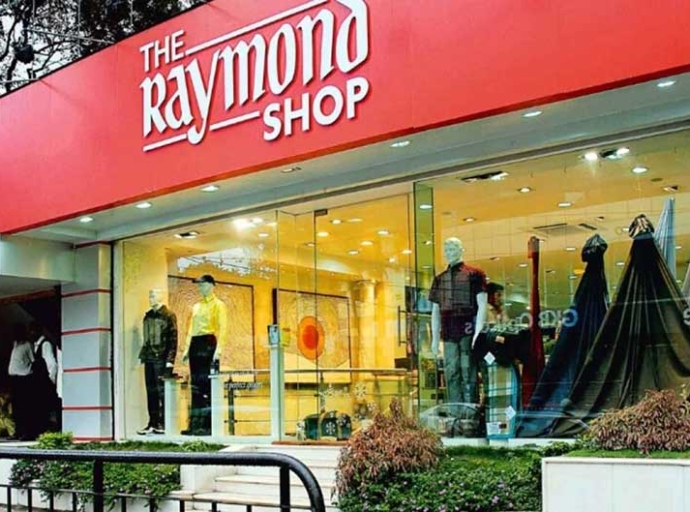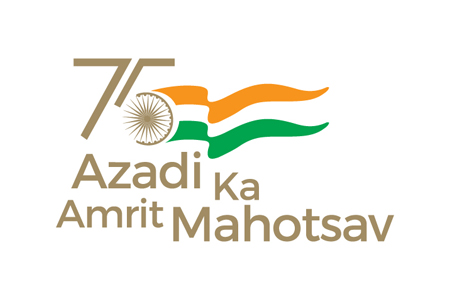Wrap-Up in 2024 of Indian Jeanswear Sector: It was all about new trends and changing preferences

07 January 2025, Mumbai
In 2024, the Indian jeanswear sector was marked by evolving consumer behavior, shifting preferences, and the rise of new trends. Here we look at major factors that impacted the market, performance across different segments, who made a mark and who lost out, and what lies ahead in 2025.
Market size and growth
The jeanswear market clocked in substantial growth in 2024, with factors like increasing disposable incomes, a young population, and evolving fashion trends at play.
And as per various studies, the sector is expected to continue double-digit growth.
Table: Indian jeanswear market growth
|
Source |
Market size (2024) |
CAGR (2023-28) |
Projected market size (2028) |
|
Technopak Analysis |
Rs 45,000 cr |
11% |
Rs 75,000 cr |
|
Statista |
Rs 42,000 cr |
10.50% |
Rs 68,000 cr |
|
IMARC Group |
Rs 48,000 cr |
12% |
Rs 80,000 cr |
Meanwhile, as the table below reveals, the market also witnessed a clear shift towards value-for-money offerings, while the premium segment faced challenges due to increased price sensitivity.
Table: Premium and value jeanswear market
|
Segment |
Volume (mn units) |
Value (Rs crore) |
|
Premium Jeanswear |
||
|
2023 |
15 |
12,000 |
|
2024 |
16 |
13,000 |
|
Value Jeanswear |
||
|
2023 |
80 |
20,000 |
|
2024 |
90 |
24,000 |
Source: Industry estimates and market research
Several factors played a crucial role in shaping the Indian jeanswear market in 2024. First was the rise of domestic brands. Homegrown brands gained significant traction, offering trendy designs and competitive pricing, challenging established international players.
Moreover, consumers became more price-conscious, seeking value for their money without compromising on style or quality. Sustainability concerns continued with growing awareness of environmental issues that led to higher demand for sustainable and ethically produced jeans.
E-commerce continued to grow, providing convenience and wider choices to consumers across the country. And the focus remained on comfort and functionality as the rise of hybrid work models and casualization of fashion increased the demand for comfortable and versatile jeans suitable for various occasions.
While the overall jeanswear market witnessed growth, performance varied across segments. Technopak Analysis for 2024 showed the menswear segment experienced slightly slower growth than anticipated due to growing competition and changing fashion trends.
Women’s wear, on the other hand, exceeded expectations, with more variety of styles and increasing female workforce participation. Kids wear saw moderate growth, influenced by factors like changing demographics and parental spending habits.
Table: Categorywise growth
|
Segment |
Projected growth |
Actual growth |
|
Menswear |
8% |
7% |
|
Womenswear |
10% |
12% |
|
Kidswear |
12% |
10% |
A look at the trends that emerged strong in 2024
Wide-leg jeans: Both men and women embraced relaxed and comfortable fits, moving away from skinny jeans.
High-waisted jeans: Continued to be a popular choice in womenswear, offering a flattering silhouette.
Vintage and distressed styles: Y2K fashion trends fueled the demand for retro and distressed denim.
Sustainable denim: Organic cotton, recycled materials, and water-saving techniques gained prominence.
Personalized experiences: Brands offered customization options and personalized recommendations to enhance customer engagement.
Winners and losers
Even as the market evolved, certain brands and categories emerged as clear winners.
Winners
Value-focused brands: Brands like Killer Jeans and Spykar, offering trendy designs at affordable prices, captured a significant market share.
Direct-to-consumer (D2C) brands: New-age online brands like Bewakoof and The Souled Store gained popularity, leveraging social media and targeted marketing.
Sustainable denim manufacturers: Companies focusing on eco-friendly practices and ethical sourcing witnessed increased demand.
Losers
Premium brands: High-priced international brands faced challenges in maintaining market share due to increased price sensitivity among consumers.
Traditional retailers: Offline stores struggled to compete with the convenience and discounts offered by online platforms.
Outlook for 2025
In 2025, the change drivers will be technological advancements, as artificial intelligence and data analytics will play a crucial role in understanding consumer preferences and personalizing shopping experiences. There will be more focus on inclusivity as brands are expected to offer a wider range of sizes and styles to cater to diverse body types and preferences.
And experiential retail will gain traction with offline stores focusing on creating immersive experiences to attract customers and compete with online platforms. For example, Numero Uno, a leading Indian denim brand, underwent a significant rebranding exercise in 2024 to appeal to a younger audience and reinforce its position in the market.
The brand introduced a new logo, revamped its product line, and focused on digital marketing initiatives. This strategy resulted in increased brand awareness and sales, highlighting the importance of adapting to evolving consumer preferences.
There will be higher adoption of Web3 technologies as brands might explore virtual try-on experiences, digital fashion NFTs, and metaverse integrations to engage with consumers in new ways. More focus on circularity as the need for sustainability intensifies, brands will be actively promoting recycling, upcycling, and rental models to minimize environmental impact.
AI-powered recommendations and personalized marketing will become even more sophisticated, catering to individual preferences and creating unique shopping journeys. And brands will seamlessly integrate online and offline channels, offering consumers a cohesive and engaging experience.
On the retail front, e-commerce is expected to dominate the market, with increasing smartphone penetration and internet access. Demand for customized jeans with personalized fits, washes, and embellishments will gain popularity. There will be more growth in athleisure and performance denim.
The lines between casual and activewear will continue to blur, creating opportunities for innovative denim products. As has been the trend for some years now, retail expansion into Tier II and Tier III cities will grow as fashion consciousness in smaller towns will present significant growth opportunities.
The challenge of growing competition, raw material prices
Competition from other apparel categories is expected to grow as the rise of athleisure and other comfortable clothing options poses a challenge to the jeanswear market. Fluctuating raw material prices will be a bane. The cost of cotton and other raw materials can impact profitability and pricing strategies.
Also, balancing environmental concerns with cost-effectiveness remains a challenge for manufacturers. Counterfeit products are a major cause of worry for brands, as the prevalence of fake and imitation products can damage brand reputation and erode consumer trust.
Latest Publications

































